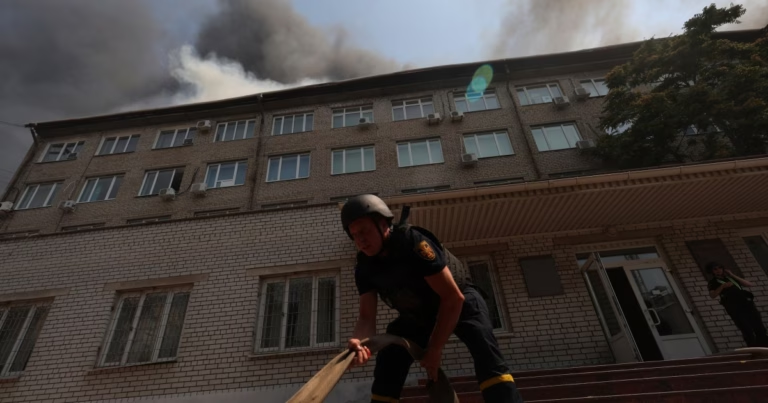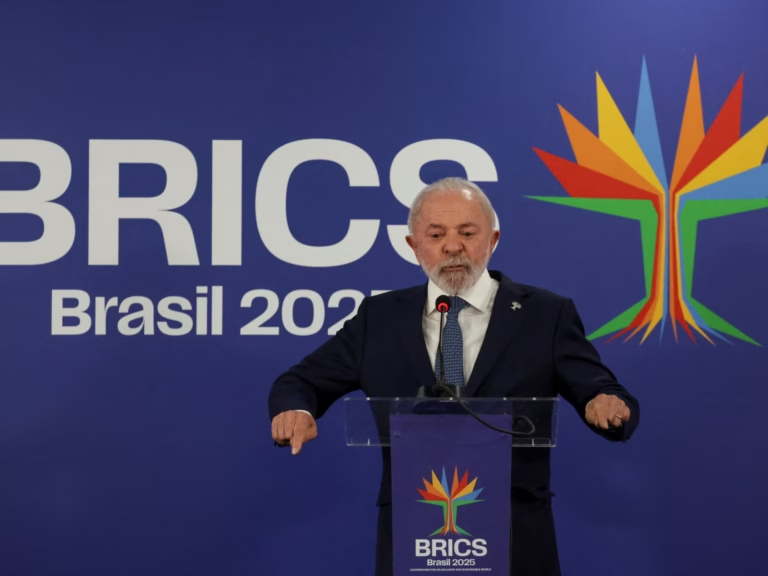Endocrinologist Djuro Macut’s nomination as prime minister likely to pass in parliament despite opposition objections.
Vucic publicly announced Macut’s nomination several weeks after Vucevic’s resignation was approved by parliament on March 19, following protests marked by violence. These protests have been driven by criticisms of Vucic’s authoritarian tendencies and government corruption.
Immediately, opposition parties dismissed Macut’s nomination, arguing he would be beholden to Vucic’s direction and would fail to effectively govern. They pointed out that while Macut, a lecturer at Belgrade University, may be knowledgeable in endocrinology, managing a government requires a different set of skills.
Despite this opposition, Macut’s path to becoming prime minister appears unobstructed due to the Serbian Progressive Party’s (SNS) control over parliament, where they will ensure his appointment.
On March 19, the government has been run by technocrats following Vucevic’s resignation. Macut is now tasked with forming a government and presenting it to parliament by April 18.
A smooth confirmation process could display Vucic’s political continuity to both domestic and international audiences, aligning with EU accession negotiations for Serbia.
Nevertheless, the protests, sparked by the collapse of a railway station roof last November that resulted in 16 deaths, continue unabated. Attributed to government corruption and mismanagement, these events ignited a public demand for accountability.
While Serbian authorities have sometimes used force against protesters, demonstrations have largely proceeded without major incidents.

The protests have seen organisers strive to maintain their distance from political parties, with a group of Serbian university students embarking on a 1,300km bicycle ride to Strasbourg, France, to raise awareness of their cause within EU institutions.
Macut’s nomination, however, might challenge the protestors’ demands for a transitional government and Vucic’s resignation, as it seems to signal more continuity than change.








